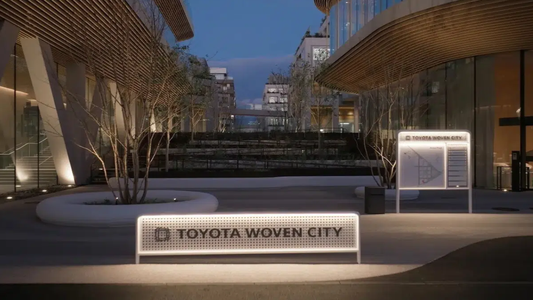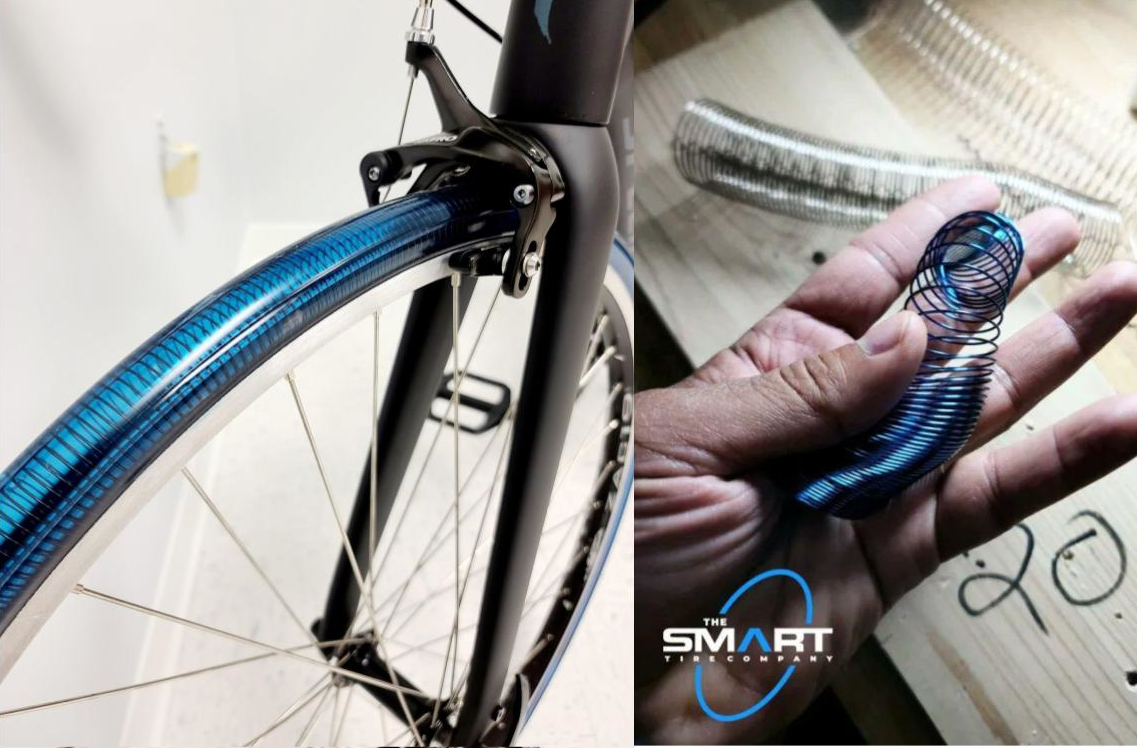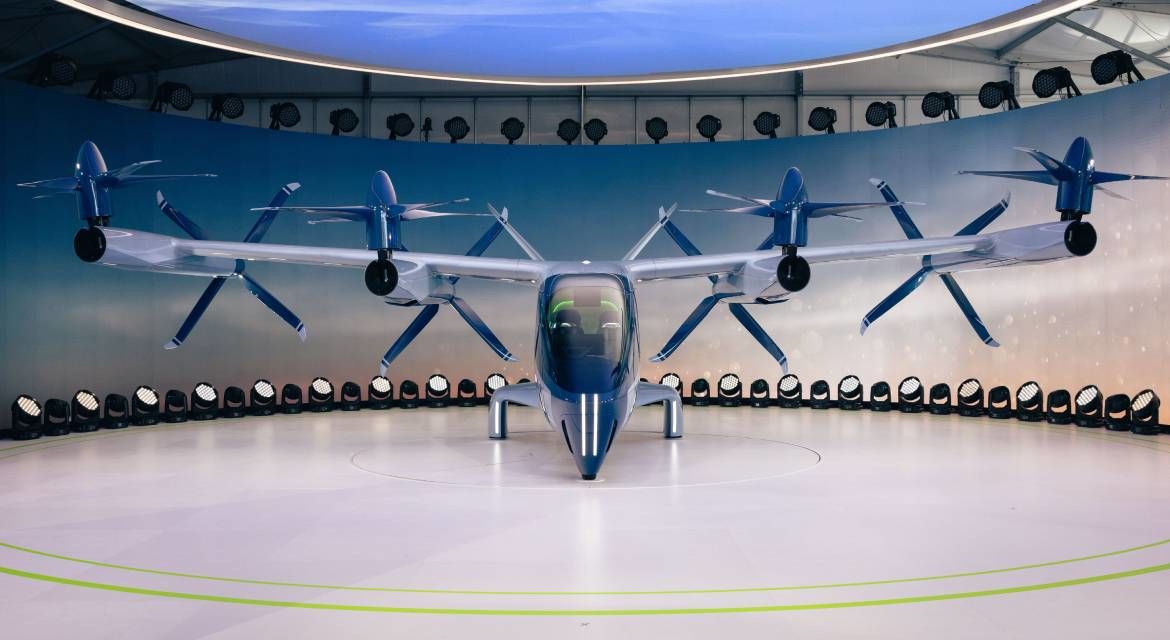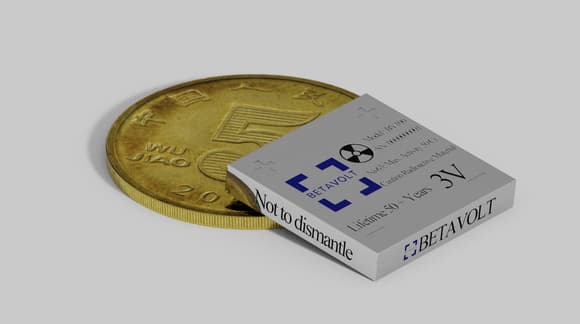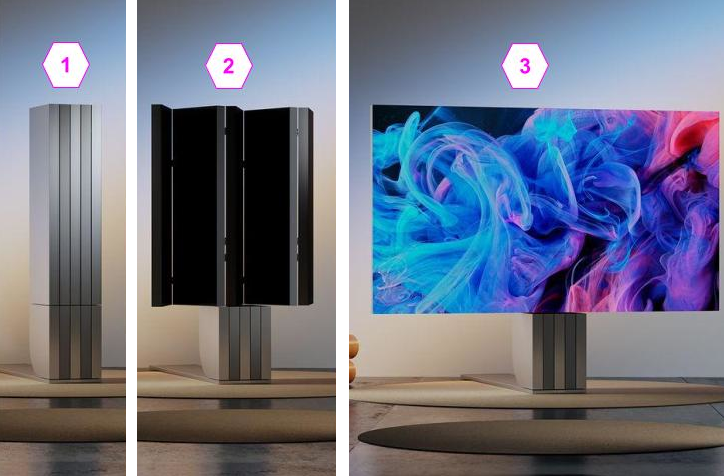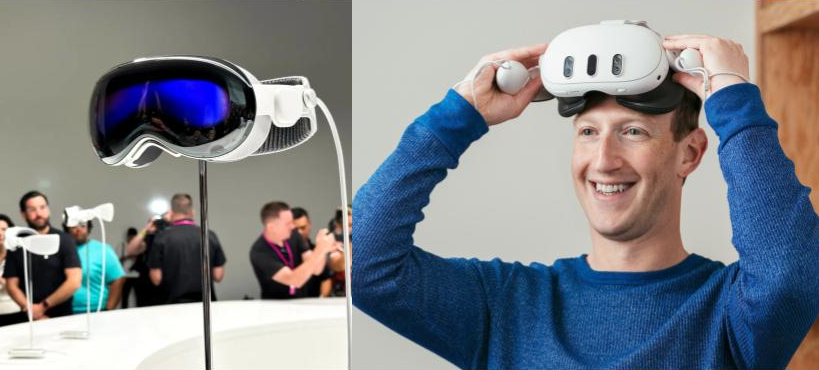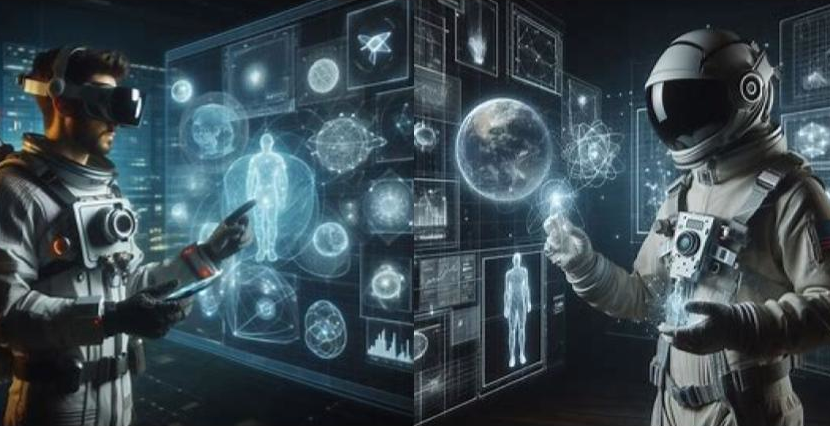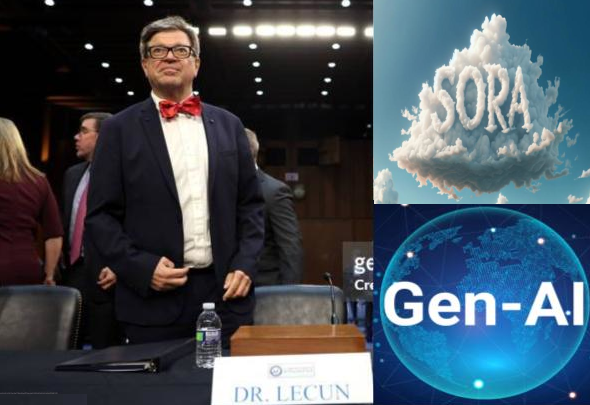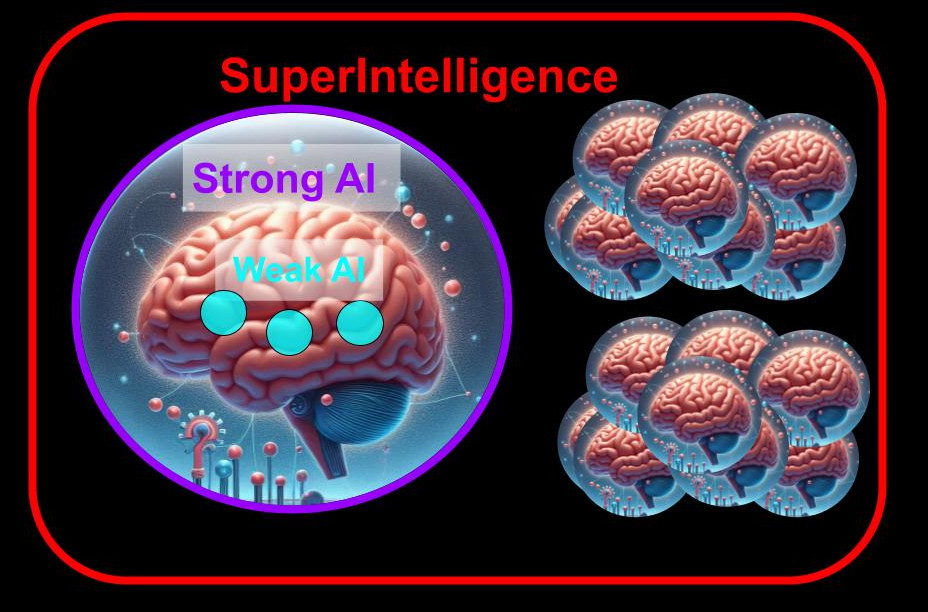The Toyota Woven City project began with an announcement at CES 2020, where Toyota Chairman Akio Toyoda unveiled plans to build a futuristic “living laboratory” at the base of Mount Fuji in Japan. This ambitious project aims to create a city where the latest technologies, including flying taxis, autonomous vehicles, robots, and smart homes, will be tested and developed.
At CES 2025, Toyoda announced the completion of the first phase of construction. By the end of the year, the Woven City will accommodate 100 residents, primarily Toyota employees, with plans to expand to around 2,000 residents.
Toyoda refers to the residents as “weavers,” as they will actively participate in “weaving” the city’s fabric by testing and experimenting with new technologies such as robots, flying taxis, smart homes, and robotic pets, or by engaging in their design and production. The project is inviting creative individuals and companies from around the world to come and test their technologies and future concepts.
The emphasis on “weaving” reflects the integration of various aspects of life to create a cohesive and innovative future city. It also acknowledges Toyota’s origins as a textile company.
This city represents Toyota’s commitment to shaping the future of mobility and creating a sustainable and efficient urban environment. A focus on clean, carbon-free energy sources is central to this vision. The first phase has already been recognized for its environmentally friendly design aimed at enhancing people’s quality of life, earning Japan’s first LEED Platinum certification for communities — the highest rank in the system.
Artificial intelligence will play a major role in the city, being embedded in all the new technologies developed. It will also use computer vision to monitor interactions with the environment and the evolution of behaviors. This monitoring is not considered an invasion of privacy, as the city functions as a living laboratory where almost everything is observed.
People outside the city might initially resist the idea of their spontaneous actions being monitored and constantly analyzed. However, their perspectives may shift if they see tangible improvements in their lives, accompanied by transparency about how their data is handled.
